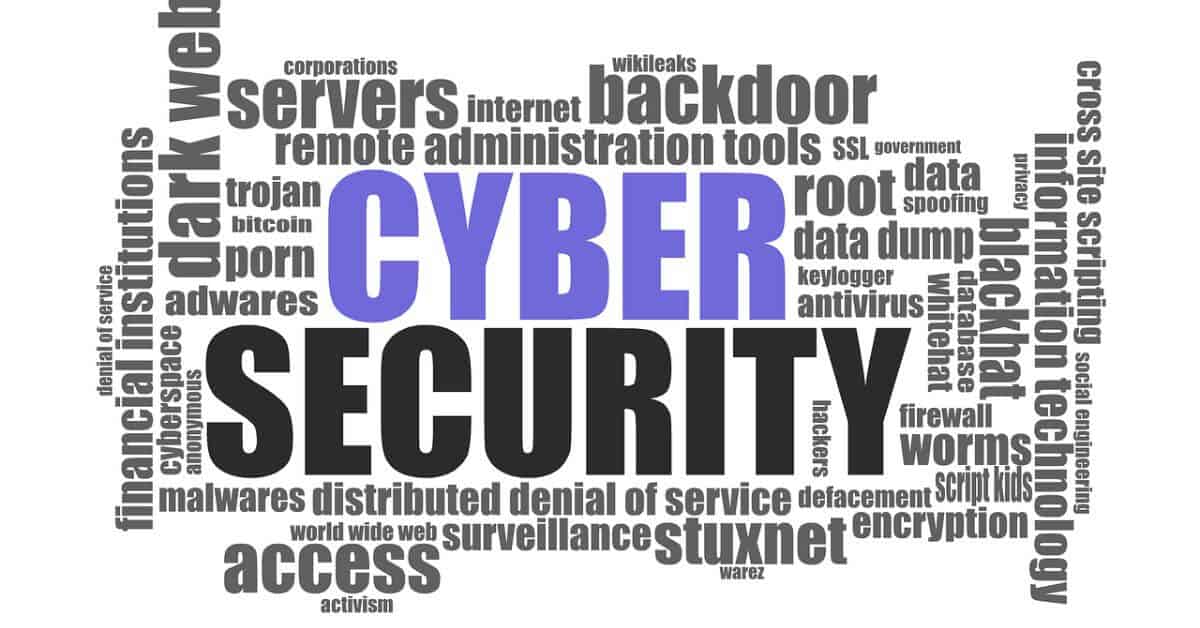While it may seem that security breaches are erupting in the news daily, many people don’t realize that these breaches can occur in any company — even yours.
A data breach can be devastating for any company, resulting in lost money, damaged reputation, and loss of trust. Furthermore, companies are expected to maintain high-level security while saving on costs. This cannot be easy to achieve without the proper security strategies in place.
Are you wondering if your company is at risk of a cyberattack? These six essential cybersecurity best practices will help you prevent and prepare for data breaches and other malicious activity and prevent from Human Cyber Security Violations.
Table of Contents
ToggleCompliance From Third-party Vendors
There are a variety of third-party providers for every organization to deal with. It’s critical now more than ever to identify these individuals. Allowing unauthorized visitors into a company’s facilities can put them at risk of legal action.
What if someone who delivers office supplies had just been released from prison? It’s worth reflecting on. Restrict the kinds of documents that your vendors have access to. The alternative to taking these steps, which might be a pain for the IT staff, is a massive data breach costing the company millions of dollars.
Demand accountability from the businesses that have access to your private information. Don’t just assume they’re following the law on privacy. Ensure third-party providers who enter your business regularly are subject to background checks on real authentication-enabled services. If CEOs are serious about implementing change, they need to get stricter on security.
Limited Access to Vulnerable Data
Employees used to have access to all of the company’s files in the ancient days. These days, companies are learning that they must restrict access to their most vital information. A mailroom employee should not have access to consumer financial information, as there is no need for it.
Employees are less likely to unintentionally click on a dangerous link when access to particular papers is restricted to a smaller group of people. Corporate records will be partitioned in the future so that only those with a legitimate need for them have access. Companies should have done this long ago, but they didn’t.
Implement Employee Security Awareness Programs
New research shows that your staff is the weakest link in your data security chain. Every day, despite training, employees read suspicious emails with the capacity to download viruses and infect their computers.
Employers often mistake thinking that one cybersecurity training class is sufficient. You should schedule frequent quarterly or monthly sessions if you’re serious about protecting your critical data. Admit it or not, some employees have returned to their workstations and opened suspicious emails after attending those sessions.
According to research, the average person must be exposed to the same message seven times before it affects their behavior.
Craft a Cyber Breach Response Protocol
Do you know the actions to take if you discover a data breach at work the next day? Few firms have a solid plan to respond to a data breach, and they either haven’t given it a thought or think they can manage the response if they ever do.
A fundamental flaw exists in this reasoning. In the past, giant corporations that were breached by cybercriminals were sluggish to make this information public. They were also unwilling to reveal the full extent of the theft, including the amount of data stolen and the nature of the stolen information. For example, the OPM breach was handled inadequately by the government.
Making a thorough breach preparedness plan gives employees and management a better idea of what could go wrong. Workers want to know the extent of the breach, so an employer should be open and honest about it. A well-thought-out reaction plan can minimize downtime and unwanted publicity. When employees learn that their employer suffered a data breach six months ago and that no one informed them, they are enraged.
A data breach can be devastating for any company, resulting in lost money, damaged reputation, and loss of trust. Furthermore, companies are expected to maintain high-level security while saving on costs. This cannot be easy to achieve without the proper security strategies in place. Measures like ITDR technology in security, which is designed to detect and respond to threats in identity-based systems.
Frequently Update Software
Updating your operating system and applications regularly is highly recommended by IT professionals. Whenever a patch is available, install it. The security of your network is at risk if you don’t constantly update and patch your software.
Baseline Security Analyzer, software from Microsoft, can periodically verify that all applications are patched and up to date. This is a simple and low-cost method of securing your network and preventing attacks from occurring.
Fortify Your Passcodes
Little attention was paid to how often passwords had to be changed in the past until recently. Security professionals emphasize the importance of changing passwords regularly when they come to your organization to teach your personnel.Most people now realize how important it is to have complex passwords. Our passwords have evolved to include uppercase letters, digits, and special characters, even on PCs. You can almost guarantee that thieves will not be able to break into your home and steal your valuables.
Conclusion
So, there you go; keeping your company’s data secure in today’s tech world means being proactive and ensuring your company has the best security practices. For your convenience, we’ve compiled six best security practices for your consideration. Only by implementing all six of these best practices can a company rest easy and sleep soundly, knowing that their sensitive data is safe. Data breaches occur far too often, too easily. If your company doesn’t offer these protections, it’s time to start protecting the data within your company’s technology daily.
